What is considered 'frost'
archerb
15 years ago
Featured Answer
Comments (20)
daylilyfanatic4
15 years agocatman529
15 years agoRelated Professionals
Bellflower Landscape Architects & Landscape Designers · Lyons Landscape Architects & Landscape Designers · Edmond Landscape Contractors · Cockeysville Landscape Contractors · Emmaus Landscape Contractors · Middletown Landscape Contractors · Twin Falls Landscape Contractors · Lakewood Park General Contractors · Mount Vernon General Contractors · Rotterdam General Contractors · Fort Collins Decks, Patios & Outdoor Enclosures · Myrtle Beach Decks, Patios & Outdoor Enclosures · Palm Beach Gardens Decks, Patios & Outdoor Enclosures · Pittsburgh Decks, Patios & Outdoor Enclosures · Towson Decks, Patios & Outdoor Enclosurespetzold6596
15 years agochellestar83
15 years agoarcherb
15 years agochellestar83
15 years agodave1mn2
15 years agoazruss
15 years agowvtomatoman
15 years agocorrie22
15 years agojll0306
15 years agoSuzanne McClenahan
7 years agoSeysonn_ 8a-NC/HZ-7
7 years agoalbert_135 39.17°N 119.76°W 4695ft.
7 years agogorbelly
7 years agoSeysonn_ 8a-NC/HZ-7
7 years agogorbelly
7 years agoSeysonn_ 8a-NC/HZ-7
7 years agoBarrie, (Central PA, zone 6a)
7 years ago
Related Stories
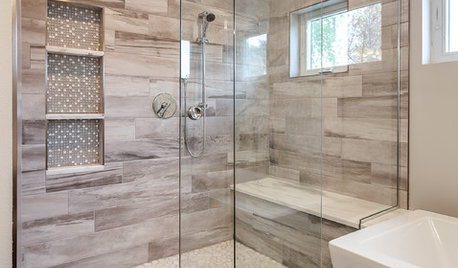
BATHROOM DESIGN10 Things to Consider Before Remodeling Your Bathroom
A designer shares her tips for your bathroom renovation
Full Story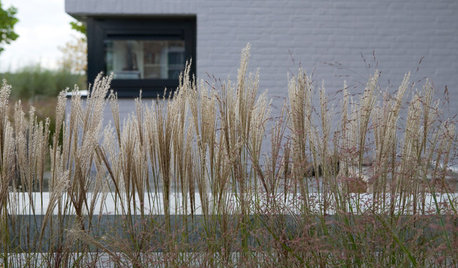
LANDSCAPE DESIGNConsider a Plant as Living Sculpture
If traditional garden art isn’t really your thing, plant living art instead
Full Story
BATHROOM DESIGN12 Things to Consider for Your Bathroom Remodel
Maybe a tub doesn’t float your boat, but having no threshold is a no-brainer. These points to ponder will help you plan
Full Story
GREEN BUILDINGConsidering Concrete Floors? 3 Green-Minded Questions to Ask
Learn what’s in your concrete and about sustainability to make a healthy choice for your home and the earth
Full Story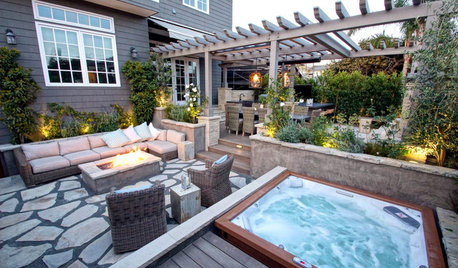
PATIOS10 Reasons to Consider a Sectional for Your Outdoor Space
Pull together your patio or deck with seating that's comfortable, casual and roomy
Full Story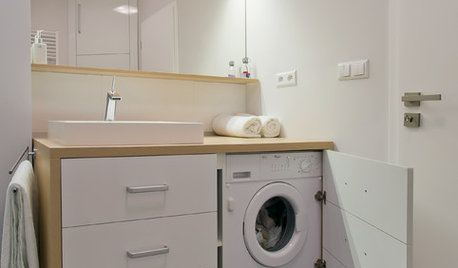
BATHROOM DESIGN9 Features to Consider for Your Dream Bathroom
Make your next bathroom even more comfortable and functional with a few of these features and design tips
Full Story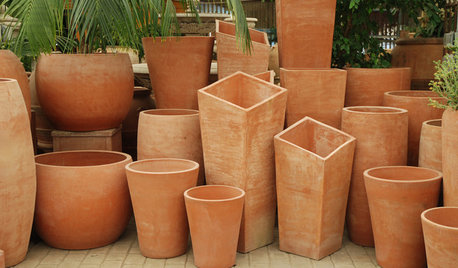
CONTAINER GARDENSBeat the Frost With Natural Terra-Cotta Containers
Here's how to protect your pots during the cold winter months
Full Story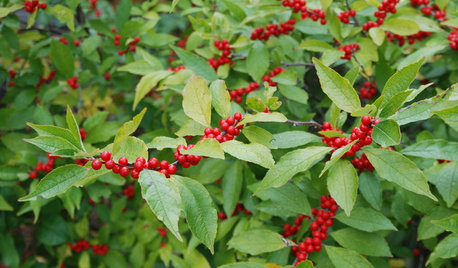
WINTER GARDENINGFire and Ice: 8 Plants That Blaze Once Frost Hits
Not everything in the garden sleeps in the cold — these plants rise and shine in fall and winter, bringing bright color to beat the blahs
Full Story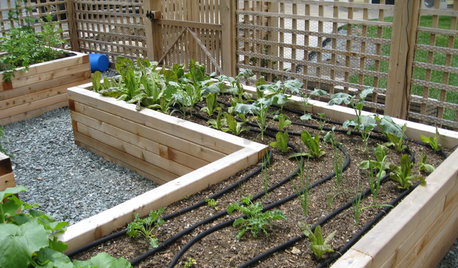
SPRING GARDENINGEnjoy the Peak of Spring Gardening — Here’s What to Do in May
Bid the frost farewell and treasure the blooms. No matter what U.S. region you’re in, one of these guides will help your garden flourish
Full Story
KITCHEN DESIGNChoose Your Kitchen Cabinet Glass
Textured? Frosted? Seeded? Find the cabinet glass style that will set off your kitchen to its best advantage
Full StoryMore Discussions







Seysonn_ 8a-NC/HZ-7